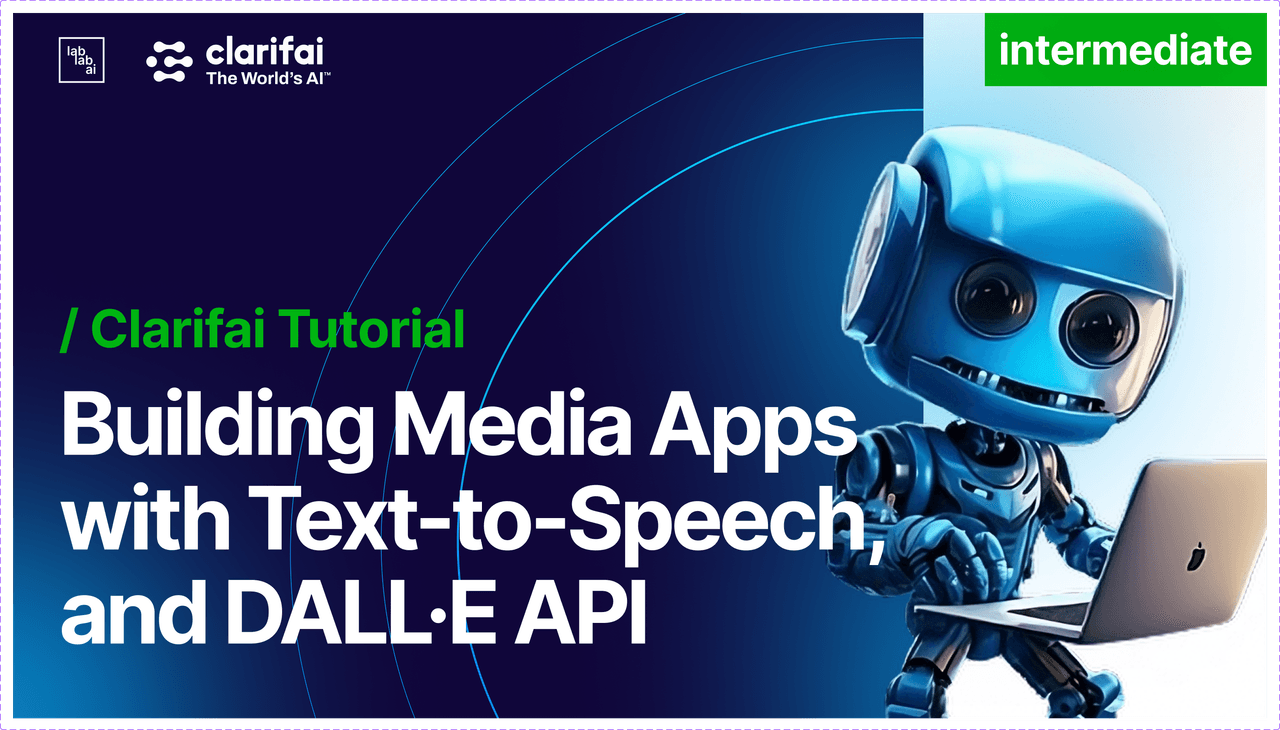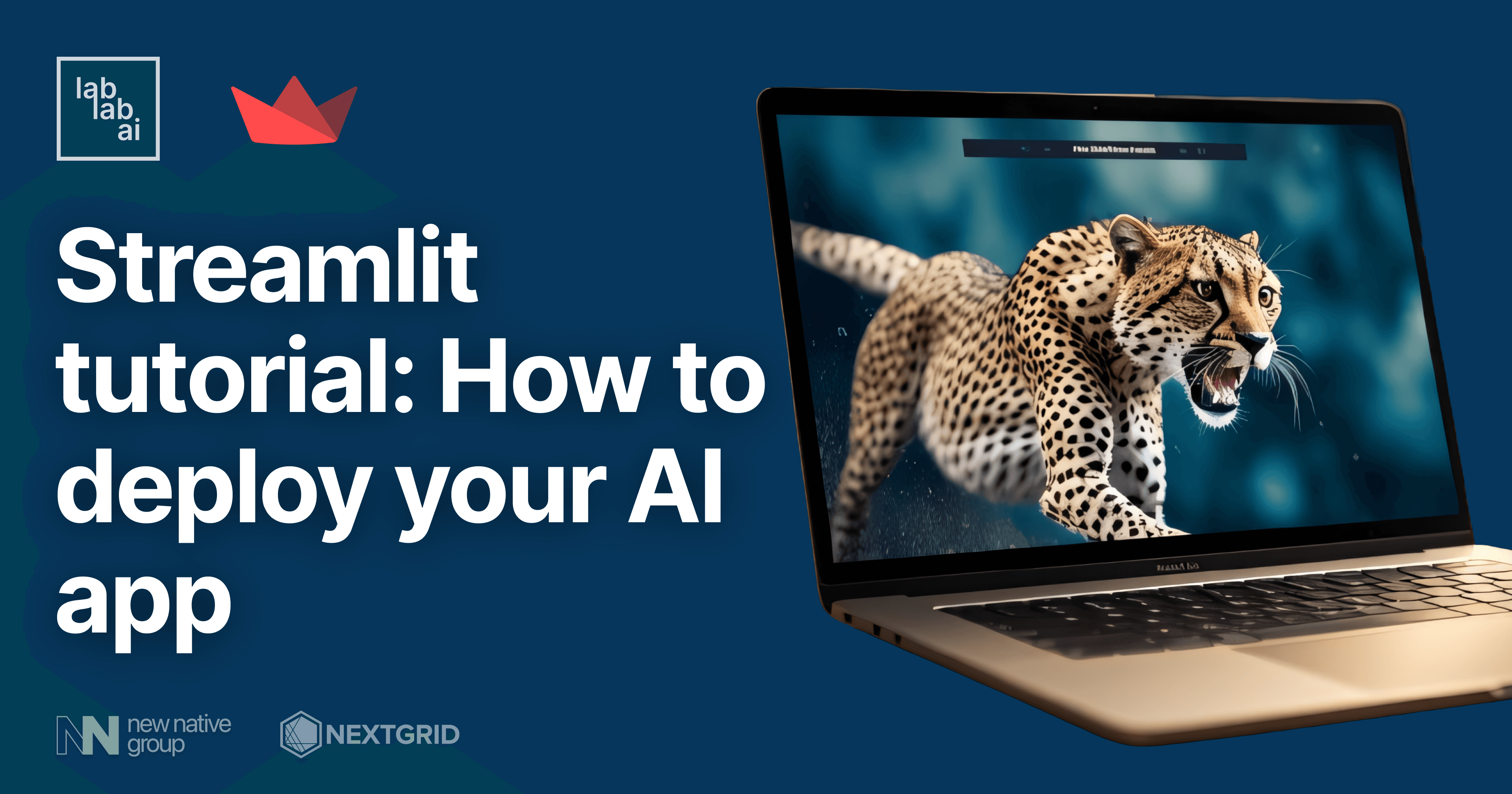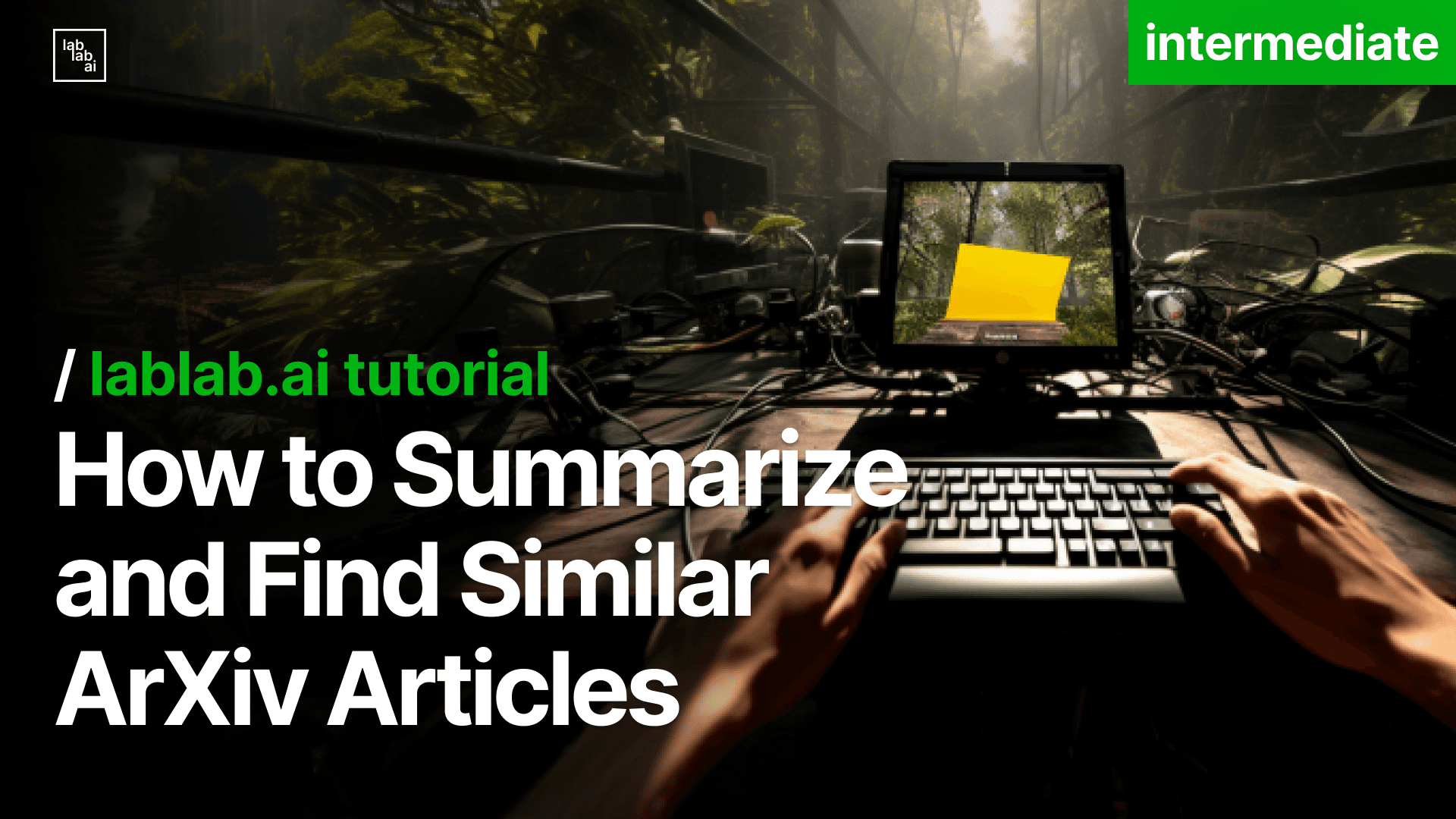GPT-4 Vision from OpenAI: The Next Leap in AI Visual Intelligence
The world of AI continues to evolve, and the recent breakthroughs in visual intelligence are nothing short of awe-inspiring. Enter GPT-4 Vision from OpenAI, an advanced AI model that takes the capabilities of large language models to new heights by combining visual and textual understanding. As we journey through this cutting-edge technology, we’ll explore how GPT-4 Vision works, its practical applications, and the ethical considerations and challenges surrounding its use.
Key Takeaways
- GPT-4 Vision is an AI language model from OpenAI that combines visual and textual comprehension to enable image inputs.
- It has practical applications for data analysis, creative content generation, and accessibility for the visually impaired.
- OpenAI implements safeguards such as opt-out options, face masking in images & reinforcement learning with human feedback to ensure user privacy and reduce bias.
GPT-4 Vision: An Overview
GPT-4 Vision, an innovative AI language model developed by OpenAI, transcends the boundaries of traditional language models by combining visual and textual comprehension. As a Large Multimodal Model (LMM), GPT-4 Vision not only excels at processing text but also supports image inputs, allowing it to comprehend images beyond mere object detection.
From analyzing photographs to decoding historical manuscripts, GPT-4 Vision’s capabilities render it useful in various domains such as academic research.
Multimodal Model Integration
GPT-4 Vision effectively integrates image inputs into large language models, transforming them from solely language-based systems to capable multimodal ones. This integration is realized through the inclusion of vision encoder technology, allowing GPT-4 Vision to analyze images, understand their content, and produce relevant text-based responses. As a result, GPT-4 Vision can provide comprehensive image analysis for a wide variety of visuals, including photographs, screenshots, and documents containing both text and images, making it a versatile AI model.
This blend of language reasoning and visual analysis capabilities enables GPT-4 Vision to surpass its predecessors, including GPT-3.5 and GPT-4, across a variety of applications. With its ability to understand diverse data types, GPT-4 Vision can effectively interpret and analyze data presented in visual formats, such as graphs, charts, and other data visualizations.
Visual Question Answering Capabilities
One of the most impressive aspects of GPT-4 Vision is its proficiency in visual question answering. The model can process images and amalgamate vision modules to answer user queries and provide pertinent information based on the image content. This groundbreaking capability enables users to explore the relationships between objects, examine spatial relationships within images, and even accurately explain why a computer vision meme is humorous.
GPT-4 Vision’s visual question answering capability relies on a combination of technologies such as image analysis, text recognition from images, and modular reasoning. These image capabilities open up a world of possibilities for users, allowing them to gain insights and information from a wide range of visual inputs, making GPT-4 Vision an invaluable tool in various fields.
Practical Applications of GPT-4 Vision
GPT-4 Vision’s advanced capabilities make it a versatile AI model with numerous practical applications, ranging from data analysis to creative content generation and accessibility for visually impaired users. It is designed to meet the demand and system performance requirements of various industries, offering valuable insights and observations based on its understanding of text and images.
Data Analysis and Interpretation
GPT-4 Vision is a powerful tool for data analysis and comprehension, as it is proficient in interpreting and analyzing data presented in visual formats, such as graphs, charts, and other data visualizations. By incorporating the ability to process and interpret images, GPT-4 Vision transcends the boundaries of traditional language models, thereby expanding its capabilities in data analysis and offering insightful observations that significantly enhance data comprehension and analysis.
This AI model is one of the advanced ai models capable of analyzing a wide range of data visualizations, including:
- Images
- Charts
- Graphs
- Maps
- Sketches
Its ability to comprehend and reason about different visual representations of data makes GPT-4 Vision a valuable tool for supporting image inputs and providing accurate insights based on the visualizations.
Creative Content Generation
GPT-4 Vision, when combined with DALL-E-3, can generate creative content for social media, academic research, web development, and data interpretation. The process entails three steps: First, prompt GPT-4 to generate an image; second, use the prompt to generate an image from DALL-E; and finally, leverage the image and prompt GPT-4 Vision to create a post that complements the image.
However, note that AI-generated content has certain limitations, and it’s unwise to overwhelm the web or social media platforms with such content. To ensure responsible AI usage, users should verify and refine the AI-generated content with their own knowledge, understanding the limitations and potential risks associated with integrating diverse data types.
Accessibility for Visually Impaired Users
GPT-4 Vision has the potential to provide invaluable assistance to visually impaired users in understanding and interacting with images. By providing verbal descriptions of the world, it can significantly improve the quality of life for those with visual impairments. One such example of GPT-4 Vision’s potential is the “Be My AI” tool, which offers a comprehensive description of pictures and enables users to interact and inquire further for additional information.
The “Be My AI” tool leverages artificial intelligence algorithms to analyze images and provide explanations for visually impaired users. In addition to this, GPT-4 Vision has been specially designed for visually impaired users in applications like the Be My Eyes app, which strives to make the world more accessible for those with visual challenges.
Harnessing GPT-4 Vision: A Step-by-Step Guide
To optimally utilize GPT-4 Vision’s capabilities, understanding how to access and use this advanced AI model is required. In the following sections, we’ll provide a step-by-step guide on accessing GPT-4 Vision, uploading and processing images, and customizing image analysis to suit your needs.
Accessing GPT-4 Vision
GPT-4 Vision can be accessed through a ChatGPT Plus subscription or the OpenAI API. To acquire a ChatGPT Plus subscription, visit the ChatGPT section on the OpenAI website and complete the subscription process by entering your card details and paying the monthly fee of $20. Alternatively, researchers can join the waitlist or apply for subsidized access through OpenAI’s Researcher Access Program to gain API access to GPT-4 Vision.
It’s worth noting that OpenAI may offer some degree of free GPT-4 queries, allowing non-subscribers to investigate and interact with this sophisticated AI model. OpenAI is considering introducing a higher-volume subscription tier for GPT-4. This will be dependent on the traffic patterns over time.
Uploading and Processing Images
GPT-4 Vision supports various image formats, including PNG, JPEG, WEBP, and non-animated GIF files, allowing users to perform image uploads for analysis. To process these support images, GPT-4 Vision tokens are used, with each image contributing to the tokens per minute limit. To improve the latency of the model when processing images, it is recommended to decrease the size of the images prior to processing, which can help reduce system messages and improve overall performance.
When providing images to GPT-4 Vision, it’s best to pass them in base64 encoded format. This can be done using a programming language such as Python or JavaScript to read the image file, encode it into base64 format, and then pass the base64-encoded image to the GPT-4 Vision API. Alternatively, online tools are available that can convert images to base64 format.
Customizing Image Analysis
To customize image analysis with GPT-4 Vision, users can adjust image detail levels and manage image inputs. The detail parameter in GPT-4 Vision offers the choices of:
- Low: This setting provides a lower level of detail and may result in less accurate analysis.
- High: This setting provides a higher level of detail and may result in more accurate analysis.
- Auto: This setting allows the model to automatically determine the appropriate level of detail based on the input image.
By adjusting this parameter, users can achieve the desired level of detail and accuracy in their image analysis.
For optimal analysis, it’s recommended to follow these steps:
- Transform input text into a text embedding.
- Convert the image into an image embedding.
- Utilize the GPT-4 Vision API to process the image and text embeddings together.
By carefully managing multiple image inputs and customizing the detail parameter, users can fine-tune the output generated by GPT-4 Vision to suit their specific needs and support image inputs effectively.
Limitations and Challenges of GPT-4 Vision
While GPT-4 Vision’s visual capabilities are undoubtedly impressive, it’s important to recognize its limitations and challenges, including reliability and accuracy issues, complex reasoning difficulties, and visual vulnerabilities.
In this section, we will address these issues and examine their implications for users.
Reliability and Accuracy
Users should be aware that GPT-4 Vision may not always produce reliable results when interpreting visual content, and should thus evaluate its output carefully. Factors that can influence the reliability and accuracy of GPT-4 Vision include:
- The presence of domain-specific or proprietary knowledge
- The level of precision needed for the task
- The potential for misinterpretation of visual content
- The complexity of the task
It is important to consider these factors when using GPT-4 Vision to ensure accurate and reliable results.
The quality of the input image can also have an effect on the accuracy of GPT-4 Vision. Higher quality images with clear details and appropriate lighting can lead to more accurate results, whereas low-quality images with noise or blurriness may result in decreased accuracy as the model may have difficulty interpreting the visual information accurately.
Complex Reasoning and Visual Vulnerabilities
GPT-4 Vision has difficulties with complex reasoning involving visual elements and may be sensitive to image order and presentation. Complex reasoning tasks that involve intricate, multifaceted visual components, or those that necessitate domain-specific or exclusive knowledge, may prove challenging for GPT-4 Vision.
The order and presentation of images can also impact GPT-4 Vision’s performance. Research has indicated that the model is sensitive to the order of images or how information is presented, which may affect its ability to accurately interpret and analyze visual content.
Ethical Considerations and Safety Measures
Considering the ethical aspects and safety measures linked to GPT-4 Vision usage is vital. In this section, we will examine how OpenAI tackles privacy and bias issues, and the significance of reinforcement learning and human feedback for safe and ethical AI usage.
Addressing Privacy and Bias Concerns
OpenAI has implemented safeguards, opt-out options, and face masking in images to ensure privacy and reduce bias. GPT-4 Vision is designed to avoid identifying specific individuals in an image and does not respond to prompts pertaining to hate symbols, ensuring user privacy and responsible AI usage.
To further address bias concerns, OpenAI employs a variety of strategies, including:
- Involving humans in the loop to remove biases introduced during training
- Forming interdisciplinary teams to tackle bias and ensure equitable AI
- Performing rigorous optimization to guarantee safety and reduce potential biases
Reinforcement Learning and Human Feedback
GPT-4 Vision aims to improve its capabilities through reinforcement learning from human feedback, ensuring safe and ethical usage. Reinforcement learning in the context of artificial intelligence is a field of machine learning where a computer agent learns to take appropriate actions in order to maximize rewards in a dynamic environment.
GPT-4 Vision incorporates human feedback into its training process to improve its behavior and performance. Additionally, GPT-4 Vision is assigned an extra safety reward during training to reduce the risk of potentially harmful outputs. This combination of reinforcement learning and human feedback helps to create a more reliable and ethically responsible AI model.
Summary
In conclusion, GPT-4 Vision is a revolutionary AI model that combines visual and textual understanding, offering a wide range of practical applications, from data analysis to creative content generation and accessibility for visually impaired users. However, it is essential to recognize the model’s limitations, challenges, and ethical considerations, as well as the importance of reinforcement learning and human feedback in ensuring safe and responsible AI usage. As AI continues to advance, GPT-4 Vision stands as a testament to the potential for AI to transform the way we perceive and interact with the world around us.
Frequently Asked Questions
Is GPT-4 made by OpenAI?
Yes, Generative Pre-trained Transformer 4 (GPT-4) was created by OpenAI and was initially released on March 14, 2023. OpenAI has also made it publicly available via its paid chatbot product ChatGPT Plus and API.
What is the difference between GPT-4 and GPT-3.5 OpenAI?
GPT-4 is a significantly more advanced natural language model than GPT-3.5 OpenAI, with 10 times more parameters and an improved ability to understand context and nuances. This results in more accurate and coherent responses, allowing for enhanced problem-solving capabilities.
Can I use GPT-4 for free?
Yes, you can use GPT-4 for free via the "Chat-with-GPT4" web app hosted by Hugging Face and connected to the OpenAI API.
What makes GPT-4 Vision different from traditional language models?
GPT-4 Vision has a unique capability to process both text and images, enabling it to analyze images and generate detailed descriptions based on its understanding, setting it apart from traditional language models.


